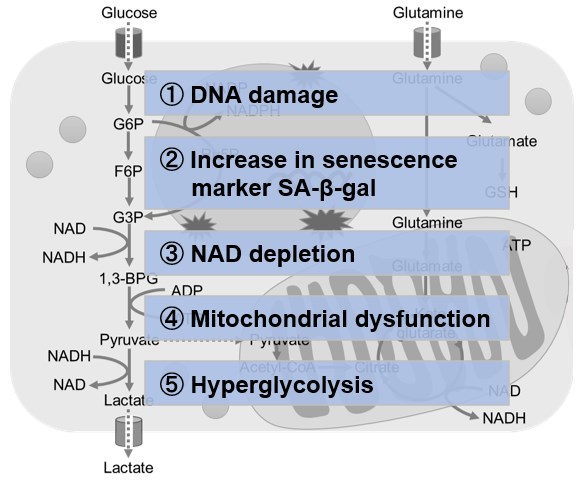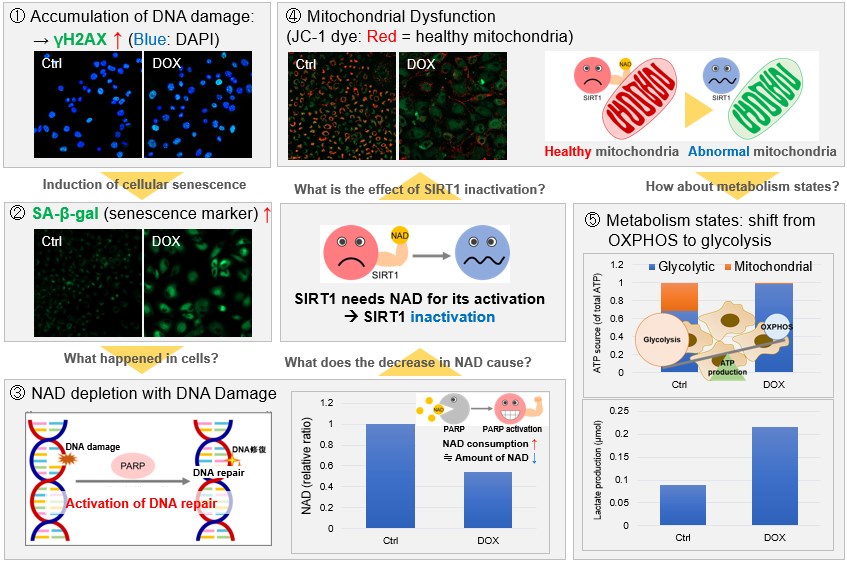|
Scientists have discovered that obesity and dyslipidemia are linked to dysregulated DNA hydroxymethylation in apoptosis- and senescence-related genes in both swine and human MSCs. This dysregulation might impact cell vitality and regenerative capabilities. Vitamin C could mediate the reprogramming of this altered epigenomic profile, offering a potential approach to enhance the success of autologous MSC transplantation in obese patients. |
|||
|
Obesity and dyslipidemia are associated with partially reversible modifications to DNA hydroxymethylation of apoptosis- and senescence-related genes in swine adipose-derived mesenchymal stem/stromal cells |
|||
|
Point of Interest |
|||
| Related Techniques | |||
| First choice for cellular senescence assay | Cellular Senescence Detection Kit – SPiDER-ßGal | ||
| Cellular senescence assay with a plate reader | Cellular Senescence Plate Assay Kit – SPiDER-ßGal | ||
| Mitophagy detection | Mitophagy Detection Kit and Mtphagy Dye | ||
| Lysosomal pH detection | Lysosomal Acidic pH Detection Kit-Green/Red, Green/Deep Red | ||
| Mitochondrial function/glycolysis detection | Glycolysis/JC-1 MitoMP Assay Kit | ||
| Oxygen consumption rate assay | Extracellular OCR Plate Assay Kit | ||
| Related Applications | |||
Metabolic shift to glycolysis in senescenct cells |
|||
 |
NAD(+) levels decline during the aging process, causing defects in nuclear and mitochondrial functions and resulting in many age-associated pathologies*. Here, we try to redemonstrate this phenomenon in the doxorubicin (DOX)-induced cellular senescence model with a comprehensive analysis of our products. *S. Imai, et al., Trends Cell Biol, 2014, 24, 464-471
|
||
 |
|||















